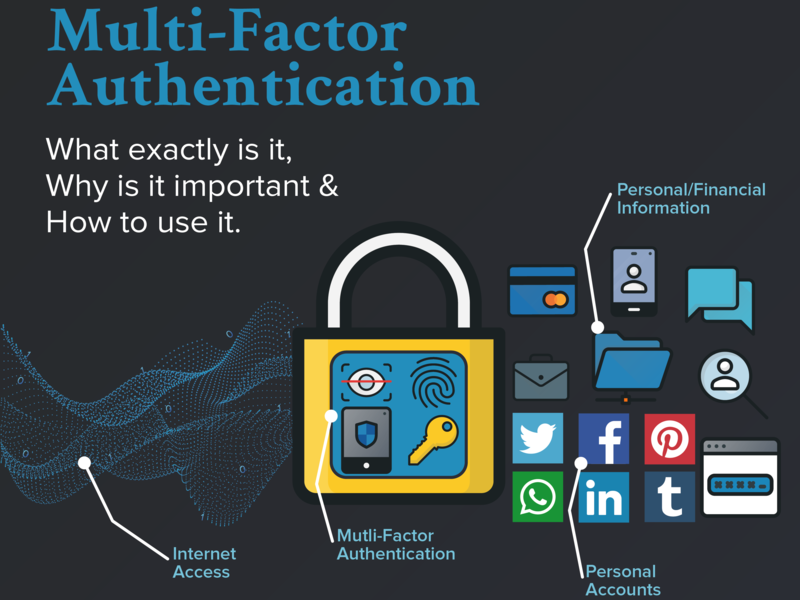

Remember this as you panic over how hard this all sounds: Being secure isn't easy. The need for app passwords is, thankfully, dwindling. You'll see app passwords as an option with Facebook, Twitter, Microsoft, Yahoo, Evernote, and more-all of which either are used as third-party logins or have older functions you can access from within other services. In such cases, you must rely on app passwords-a password you generate on the main website to use with a specific app. The codes provided by authenticator apps sync across your accounts, so you could scan a QR code on a phone and get your six-digit access code on your browser, if supported.īe aware that setting up MFA can actually break access on some older services. The majority of popular password managers offer MFA authentication by default. Here's our rundown of The Best Authenticator Apps. They all do the same thing, essentially a few add password management and other features. There are numerous apps, some from big names such as Microsoft and Google, as well as Twilio Authy, Duo Mobile, and LastPass Authenticator.

You can get that code via SMS text message (which is not a great idea) or a specialized smartphone app called an "authenticator." Once linked to your accounts, the app displays a constantly rotating set of codes to use for logins whenever needed-it doesn't even require an internet connection. But in most cases, the extra authentication is simply a numeric string, a few digits sent to your phone as a code that can be used only once. Two-factor means the system is using two of these options." Multi-factor means you might even use more than two.īiometric scanners for fingerprints, retinas, or faces are on the upswing thanks to innovations such as Apple's Face ID and Windows Hello.

Rubenking put it, "There are three generally recognized factors for authentication: something you know (such as a password), something you have (such as a hardware token or cell phone), and something you are (such as your fingerprint). You'll find all the terms used interchangeably with "multi-step," "two-step," and "verification," depending on the marketing.Īs PCMag's Lead Security Analyst Neil J. We used to call it two-factor authentication (2FA), but more factors are better. That's why many internet services, a number of which have felt the pinch of being hacked or breached, offer multi-factor authentication ( MFA). What you really need is a second way to verify yourself.


 0 kommentar(er)
0 kommentar(er)
